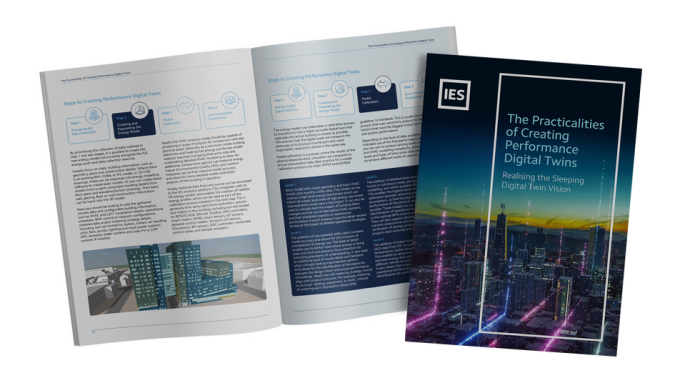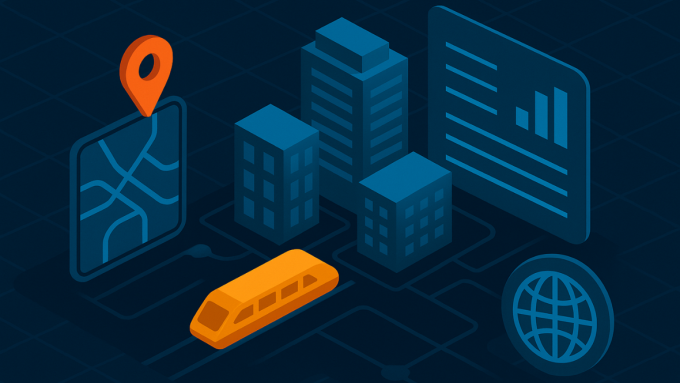In November 2020 DNV published the energy industry’s first recommended practice (RP) on how to quality-assure digital twins. Our new RP, which we developed in collaboration with TechnipFMC, aims to set a benchmark for the sector’s various approaches to building and operating the technology. It guides industry professionals through:
· assessing whether a digital twin will deliver to stakeholders’ expectations from the inception of a project
· establishing confidence in the data and computational models that a digital twin runs on
· evaluating an organization’s readiness to work with and evolve alongside a digital twin.
DNV’s RP intends to provide valuable guidance for digital twin developers; introduces a contractual reference between suppliers and users; and acts as a framework for verification and validation of the technology. It builds upon the principles of DNV’s Recommended Practices for the qualification of novel hardware technology and assurance of data and data-driven models.
Making digital twins a real asset
Physical assets are built to perform to the highest standards and undergo rigorous assurance processes throughout their life. However, there has been no requirement for their digital counterparts to go through the same procedures. Our new recommended practice seeks to remedy this issue as the technology begins a path of significant scaling across the sector. We believe it is time to prove that twins can be trusted and that the investments made in them give the right return!
The methodology behind DNV’s new RP has been piloted on 10 projects with companies including Aker BP and Kongsberg Digital. It has also been through an extensive external hearing process involving the industry at large. In addition, TechnipFMC’s deep domain knowledge and expertise in digital technologies and oil and gas infrastructures has made an essential contribution to jointly developing the RP.
A framework to handle complex requirements
The framework provides clarity on the definition of a digital twin; required data quality and algorithm performance; and requirements on the interaction between the digital twin and the operating system. It addresses three distinct parts: the physical asset, the virtual representation, and the connection between the two. This connection amounts to the data streams that flow between the physical asset to the digital twin and information that is available from the digital twin to the asset and the operator for decision making.
A preview copy of our recommended practice can be downloaded from our website: https://www.dnv.com/oilgas/digital-twins/preview-DNVGL-RP-A204-qualification-and-assurance-of-digital-twins.html
We’d love to get your comments and feedback on our work – and look forward to giving a short overview of our methodology at the Gemini call on 3rd August 2021.
Graham Faiz Head of Growth and Innovation UK & Ireland – Energy Systems DNV
Footnote: Who are DNV?
We’re an independent assurance and risk management company, part of our service offering includes the provision of software, platforms, cyber and other digital solutions to the energy sector. We have a specific focus on helping our customers manage risk and complexity linked to the energy transition, specifically their ongoing decarbonization and digitalization journeys.
Company website: www.dnv.com
Link to digital twin services: https://www.dnv.com/oilgas/digital-twins/services.html



Leave a comment